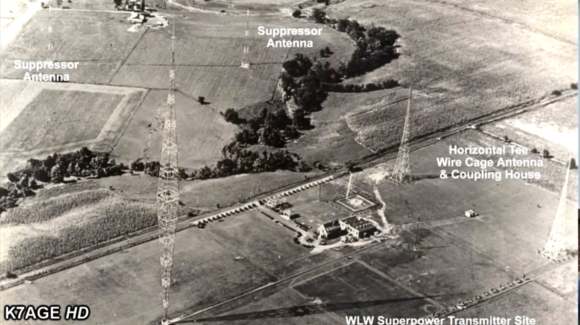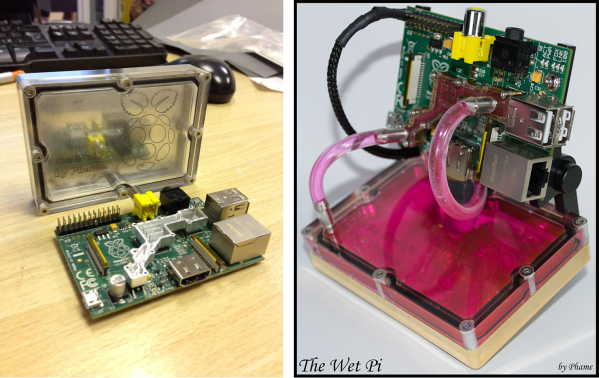
This is an overview of a 500,000 Watt radio transmitter site. It’s one of the slides shared in a guided video tour of the transmitter’s hardware. The radio station — whose call sign was WLW — called itself the Nation’s Station because of its ability to reach so much of the country.
It operated at the 500 kW level starting back in the 1930’s. The technology at the time meant that there were a lot of challenges involved with transmitting at this level of power. It took 750 kW input to achieve the 500 kW output. To reach that the station had a set of AC motors in the basement generating the 4500 Amps at 33 Volts DC needed to power the transmitter to heat each filament. Obviously there was a lot of heat generated at the same time. The system was water-cooled. An elaborate network of Pyrex pipes carried distilled water to and from the tubes to handle the heat dissipation.
The video tour lasts about thirty minutes. It’s just packed with interesting tidbits from the experts leading the tour so add it to your watch list for some geeky entertainment over the weekend.
Continue reading “Retrotechtacular: A Tour Of WLW, A 500,000 Watt Radio Transmitter”













